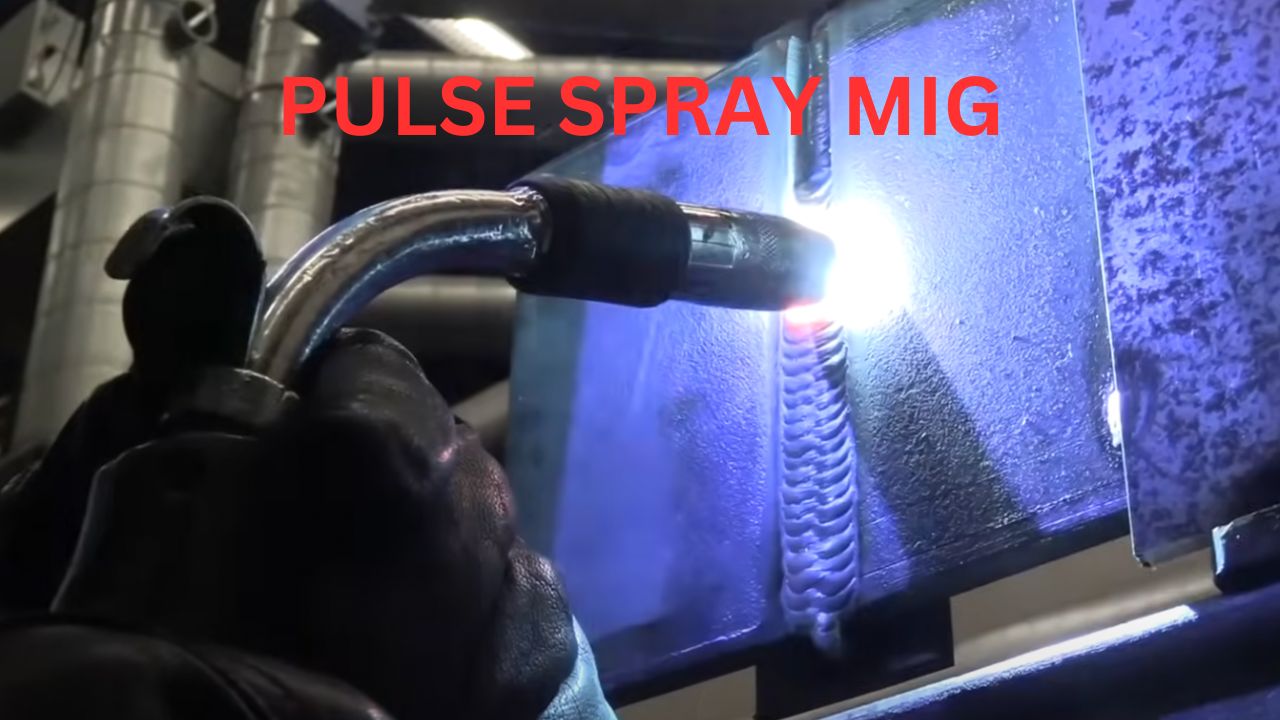3G MIG Uphill Short Circuit vs Pulse Spray
SCROLL DOWN FOR VIDEO

See most recent videos here
This page is about differences in pulse spray and short circuit mig welding.
Short circuit MIG welding and pulse spray welding are two different welding processes.
When welding in a vertical uphill position, the process can have a significant impact on the quality and efficiency of the weld. Here's an explanation of the differences between these two techniques when used for vertical uphill welding:
- Short Circuit MIG Welding:Process: Short circuit MIG welding, also known as short-circuit transfer or short arc, is a common MIG process that is best used for light fabrication up to around 1/4" thickness. Short circuit transfer MIG welding involves creating a series of electrical arcs between a continuously fed wire electrode and the workpiece. The arc is repeatedly interrupted or "short-circuited" as the wire comes into contact with the weld pool, creating a series of small, controlled drops of molten metal. Short circuit mig requires s certain manipulation or oscillation in order to prevent excessive convexity.
- Disadvantages for Vertical Uphill Welding:Limited penetration: Short circuit MIG welding may not provide enough penetration for thicker materials.Lower deposition rates: It can be slower compared to other methods.Limited suitability for heavy-duty or structural welding applications. ( welding codes like AWS D1.1 seem to discourage using short circuit mig for structural applicaitons)
- Pulse Spray Welding:Process: Pulse spray welding is an advanced spray transfer MIG welding process that alternates between high and low currents, producing a pulsed spray of molten metal droplets from the electrode. During the high-current pulse, larger droplets are formed and propelled toward the workpiece. During the low-current phase, smaller droplets are transferred to the weld pool. Pulse spray mig requires a more complex welding machine that has pulse capabilities.
- Advantages for Vertical Uphill Welding:Higher penetration: Pulse spray welding can provide better penetration on thicker materials, making it suitable for heavy-duty applications.Faster travel speeds: It often allows for faster welding due to higher deposition rates.Improved control: The pulsed nature of the arc offers better control over the heat input and the weld pool. Disadvantages for Vertical Uphill Welding:More complex to set up and adjust: Pulse settings require more precise calibration, which can be challenging for novice welders.Higher equipment costs: Pulse spray welding machines are generally more expensive than basic short-circuit MIG welding equipment.
- Cleaning Mill Scale is very important with either process
When welding vertically uphill, pulse spray welding is often preferred for its ability to provide better penetration, faster travel speeds, and improved control over the welding process, especially for thicker materials or critical applications. However, short circuit MIG welding can still be a viable option for thinner materials or when simplicity and ease of use are more important considerations. Ultimately, the choice between these two processes will depend on the specific welding requirements and the skill level of the welder.















